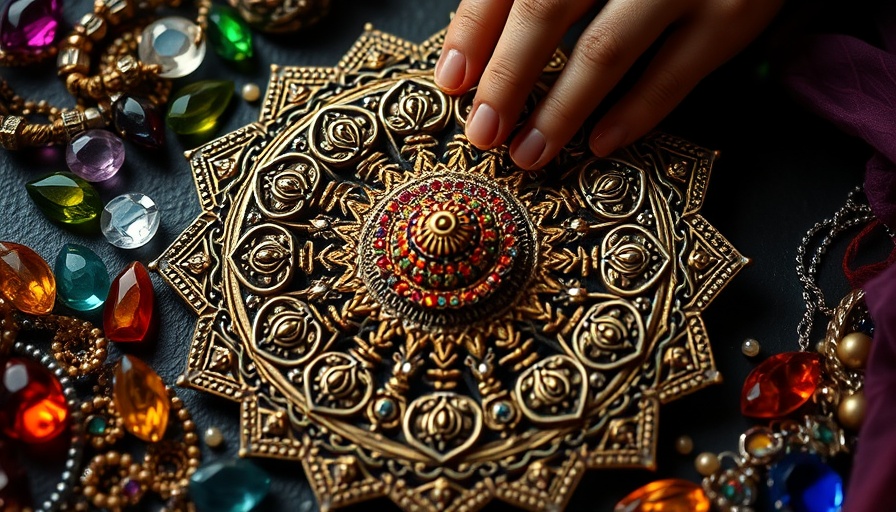
Why India’s Luxury Market Needs Its Own Voice
In an era where global luxury is synonymous with distinct cultural identities, India’s approach seems remarkably fragmented. While we admire majestic French maisons or Italian casa di moda, India remains largely invisible, operating within the luxury sector as a mere supplier rather than a creator. This lack of a codified language—an inspirational framework that encapsulates India’s rich artisanal traditions—serves as a barrier to truly claiming its space on the world stage.
Understanding the Paradox of Indian Craftsmanship
India boasts a wealth of intricate craftsmanship that resonates within the luxury narrative everywhere—from the luxurious Kashmir cashmere adorning high-fashion runways to the unique Jaipur-cut stones gracing fine jewelry. Yet, in discussions of timeless brands, Indian luxury remains overlooked, often appearing only as the source of materials rather than a recognized power in luxury creation.
Unique Frameworks for Artisan Identity
To stand alongside the iconic brands of Europe, Indian luxury needs a narrative that is both robust and culturally resonant. The frameworks of Shilp Griha (House of Craft), Ratnaalaya (Treasure House), and Kalaadhishthana (Seat of the Arts) are pivotal. They provide a foundation upon which Indian luxury can build its identity, emphasizing community-led excellence over individual artistry, thus nurturing a collective ethos that speaks deeply to both artisans and consumers.
A Call for Cultural Empowerment and Authenticity
As Indian luxury continues to evolve, the focus must shift towards creating narratives that celebrate indigenous craftsmanship. This is not about copying successful Western terminologies but developing a distinct language that encapsulates India's unique heritage. With the right linguistic and conceptual tools, Indian artisans can finally share their stories and treasures in ways that resonate globally.
 Add Row
Add Row  Add
Add 




Write A Comment